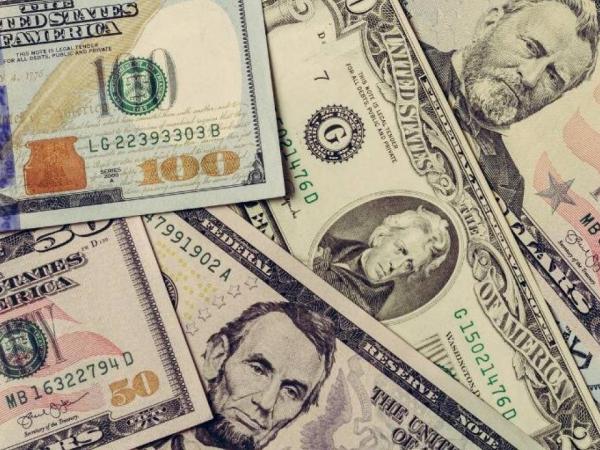In the last few hours, the Banco de la República reported that at the end of 2022 Colombia’s external debt increased to US$184,118 millionthis means 53.4% of the country’s GDP.
(Read: Dollar volatility persists: currency registers losses this Thursday).
The increase is US$12,815 million. That is to say, 7.5% over what was registered in December 2021. However, 84% of the debt corresponds to liabilities with a maturity of more than one year. The other 16% is for loans with a maturity equal to or less than one year. This means that the debt is mainly from loans and bonds.
From November to December 2022, it increased by 3,724 million dollars. This is the highest monthly increase recorded since August 2021.
(See: Finsocial will securitize payrolls for $200,000 million).
The December balance is explained by the increase in long- and short-term debt. “This dynamic is mainly explained by the new debt contracted by private sector companies”, exposes the Bank of the Republic.
The public debt represents 57% of the total and 43% of the private sector. “Of the total amount of external debt, 15% corresponds to loans between companies with a direct investment relationship,” says the entity.
The greatest obligations, from the public sector, are in:
1. Commercial banking: US$1,324 million
2. International organizations: US$1,146 million
3. Bilateral banks and other creditors (US$36 million)
(Keep reading: Bancolombia lowers interest to about 50% of credit cards).
“Of the long-term debt balance, 71% corresponds to obligations of the national government, 20% to decentralized entities and the remaining 9% are obligations of other debtors.”, explains the report.
BRIEFCASE

















